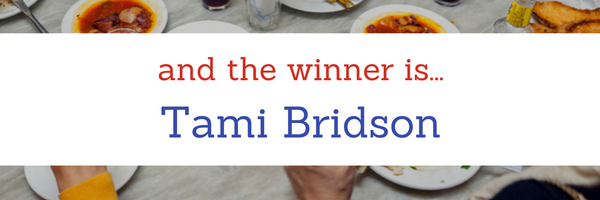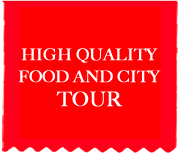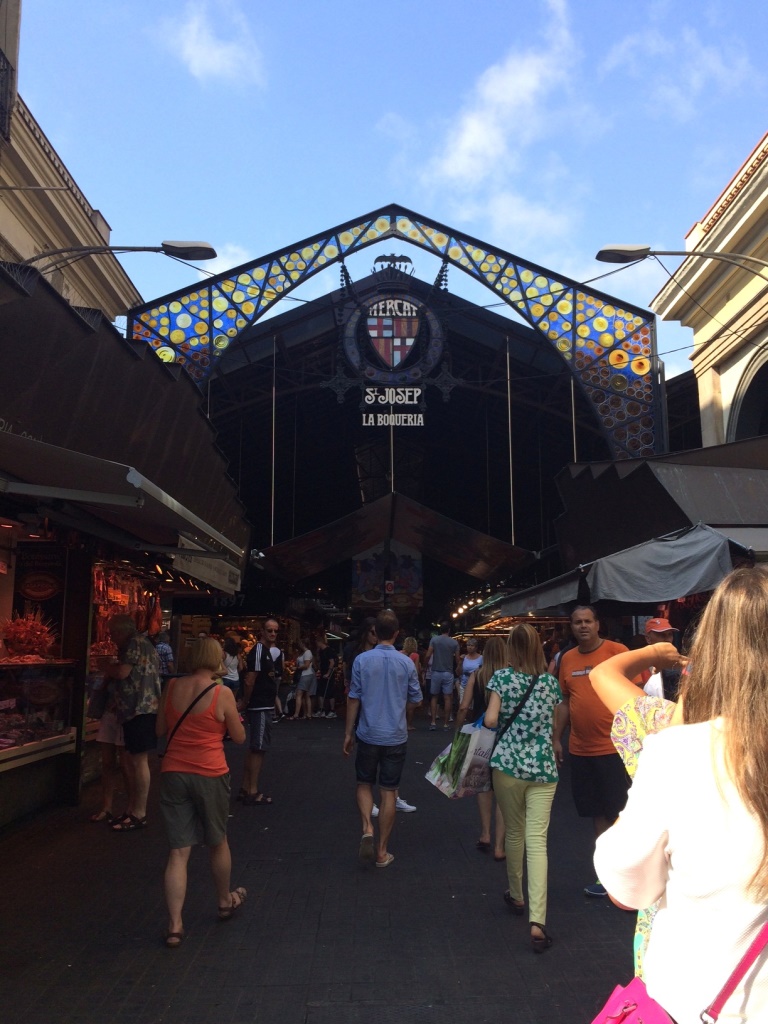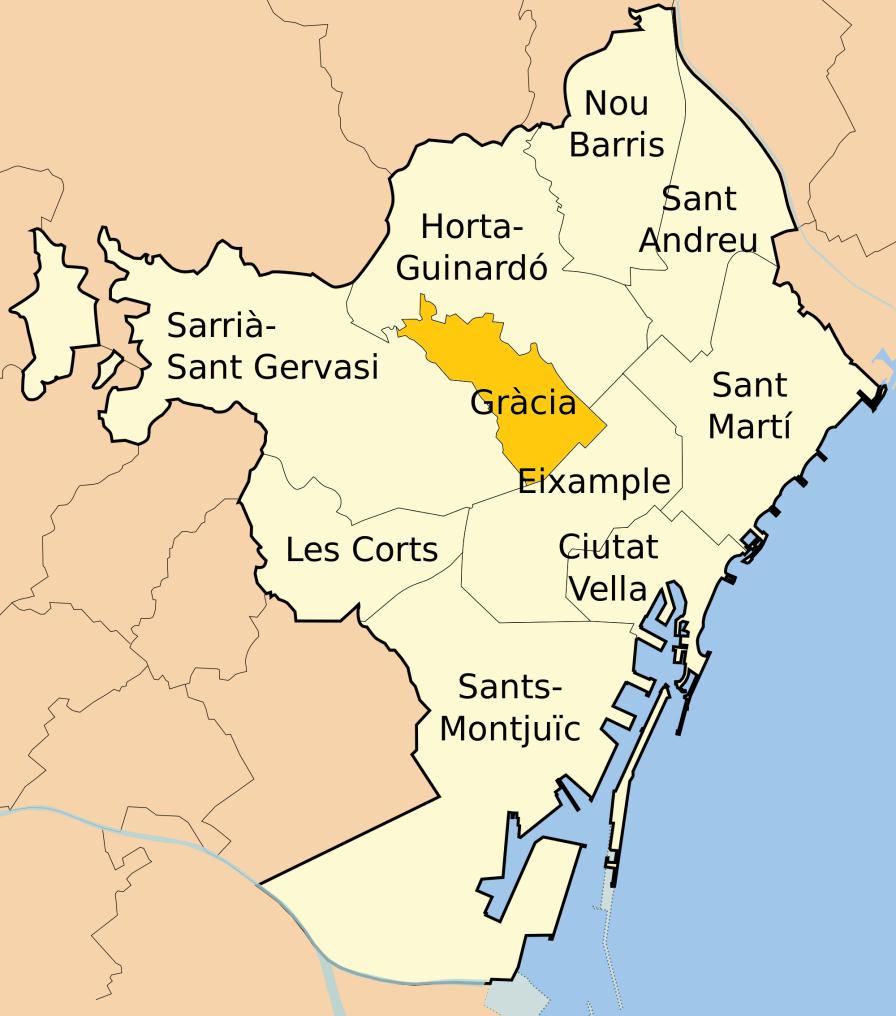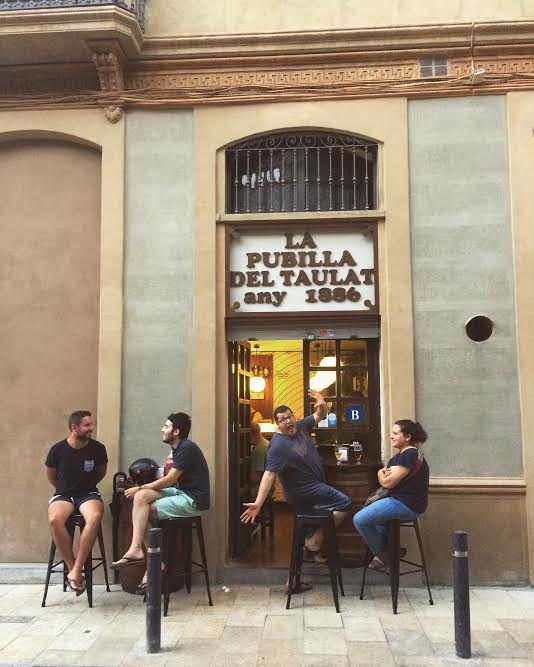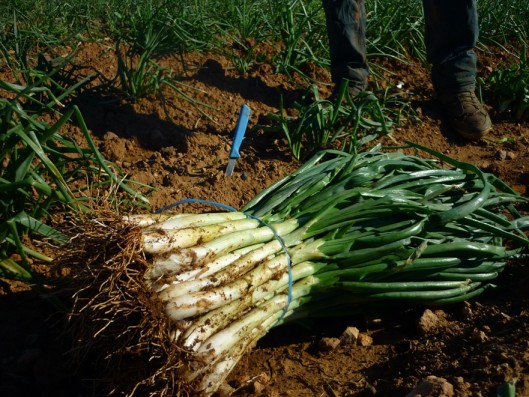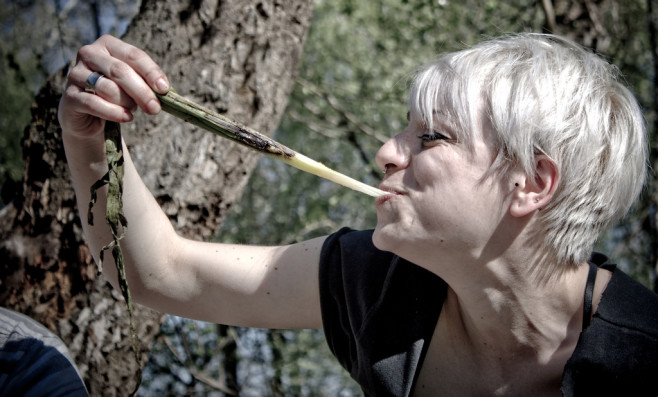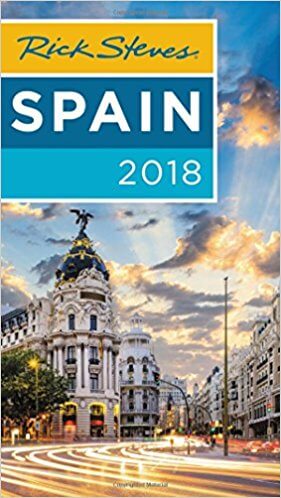In many countries all over the world, the Easter week is synonym of sweetness and chocolate. In this sense, Catalonia is no exception.
During the week prior to Easter you can find a display of a wide variety of fritters, sweets and chocolate figures in every pastry shops of Catalonia. But what actually really stands out in this tradition is the Easter cake known as the “Mona”.
This Easter cake is typical of Catalonia, Valencia, Murcia, Aragon and the Balearic Islands where it has become extremely popular. Traditionally Godparents give the Mona to their godchildren on Easter Sunday and then on Monday (a festivity in Catalonia) the whole family eats the Mona all together at home.
Originally, it was a simple “Tortell” (ring-shaped cake) or doughnut made from flour sugar and eggs, topped with hard-boiled eggs and llonganissa; nowadays it has become a highly elaborate cake with all kinds of funny compositions that differs from the original design. Children’s popular characters made of chocolate or marzipan are now the protagonists, usually accompanied by chocolate eggs. A real pleasure to the eye and, of course, to the palate!
But what does the Mona exactly represent and where does it come from?
We can find the ‘’Mona’’ already mentioned in texts from the fifteenth century, but it is only in 1783 that the term is published for the first time in the Dictionary of Spanish Language of the Royal Spanish Academy with the following definition: “Catalonia, Valencia and Murcia. The baked cake topped with eggs during Easter of Flowers”.
The name ‘’Mona’’ comes from Ancient Arabic “Mûna” which meant “provision of the mouth’’, a gift in the shape of food, and refers to the payments in kind that were made to the Land Lords, usually cakes, eggs or any other agricultural products.
On the other hand, the tradition of the ‘’Mona’’ is also based on the Catholic religion, and more precisely on the passage from the Bible which refers to Jesus’ time in the desert and 40 days of fasting. Lent falls between Ash Wednesday and Easter Sunday and the cake, given on Easter day, symbolizes the end of Lent and the beginning of Spring.
During the period of abstinence, worshippers would not eat meat or eggs; that’s the reason why, in the first place, godfathers used to give saved boiled eggs to their godchildren. Then, this tradition evolved and a simple cake was then added to the eggs.
From the 19th century the ‘’Mona’’ started to lose its initial aspect and acquired a more complex presentation made of candy ornaments, sugared almonds and painted Easter eggs all topped by figurines made of wood, porcelain or paper.
The Mona Today
The tradition has become more sophisticated and different types of Mona have joined the traditional marzipan cake, such as the sweet fruitcake filled with apricot jam or the chocolate one, which is becoming more and more popular.
Moreover, as baking techniques improved, the decoration also has evolved: today La Mona de Pascua is decorated with chocolate glaze, almonds, chocolate eggs, colourful feathers, cartoon characters and even Barça players etc.
Due to this spectacular evolution, the Mona has also gained an important commercial and economical aspect.
This year Catalan bakers expect to sell between 800,000 and 900,000 of them and, according to last year’s figures, each Catalan family will spend an average of 40 -50 € on this delicious Easter cake.
If you are in Barcelona, make sure you don’t miss the spectacular exhibition of Monas!

Continue reading →
